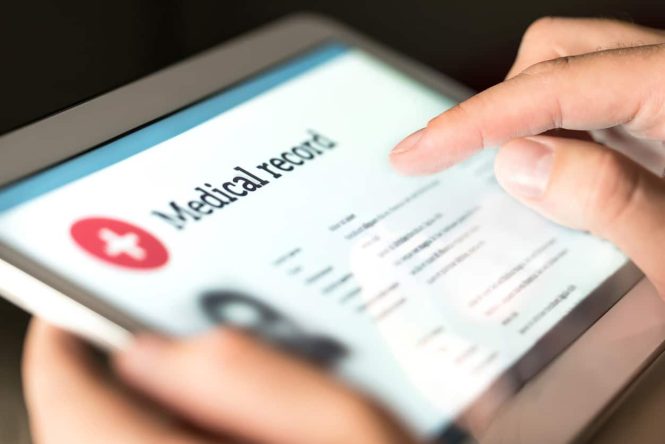
Electronic Health Records (EHRs) were initially designed to replicate the paper chart and aid in coding accuracy for payment. Unfortunately, this initial design only added more workload for the clinicians. The true value of EHRs lies in their ability to present data in an easier-to-digest format and using the data to help make decisions that support and enhance care. However, there is a fear of many clinicians that this would lead to “cookbook medicine” or more if a “one size fits all approach. This is a valid concern, however with the right approach, EHRs can improve the “art” of medicine.
It’s important to note that having too many prompts in the EMR can lead to prompt fatigue, a real issue that requires addressing. However, the potential of EHRs to revolutionize healthcare is immense and should inspire a sense of optimism in all of us.
Evidence-based medicine and training
This mindset would ultimately be valid if clinicians were able to consider all the latest evidence-based medicine easily and if they were trained in a manner that focuses on value which involves quality, service and cost. The focus should shift from trying to prevent every possible outcome to instead, managing the most likely scenarios and handling exceptions as they occur, thus using the EHR in a manner empowering us to make better informed decisions. A true example of this is the use of antibiotics.
Antibiotic Stewardship
Historically, broad-spectrum antibiotics have been used to cover a wide range of possibilities until the specific bacteria can be identified, at which point treatment can be narrowed. The issue with this approach is the danger of inappropriate choices, leading to antibiotic resistance and added costs that the healthcare system must bear.
In a recent Journal of American Medical Association issue, Gohil and colleagues reported on two trials examining the use of computerized physician order entry prompts and education concerning the appropriate use of antibiotics for those admitted with either pneumonia or a urinary tract infection. Both the INSPIRE Pneumonia and the INSPIRE UTI trials revealed that if the prompts were used at the appropriate times, coupled with feedback and education, significant decreases in the use of empiric extended-spectrum antibiotics were achieved without a change in hospital length of stay or days to ICU transfer.
Reducing prompt fatigue
One significant difference in these trials was that the prompts occurred at more discreet times during the treatment process based on the criticality of the patient or their location within the hospital. This factor reduced the “noise” of inappropriate prompting in situations that would likely lead to correct overrides and desensitization of the overall prompting mechanism.
Embracing continuous improvement
If we genuinely wish to change the way we practice for the betterment of those we serve, we must acknowledge the issues in our training and focus the use of our tools to enhance our abilities rather than complicate things. To change, we must make the wrong approach less appealing and the correct method easier to implement. Unfortunately, the way EHRs have been designed and implemented has led to the opposite situation.
We need to continue our journey of embracing the professional component of continuous improvement for the common good while also focusing on bringing joy back to medicine. We can accomplish both by using technology in a manner that has the fence posts of enhancing our care delivery in a manner that is beneficial and simpler to implement.
